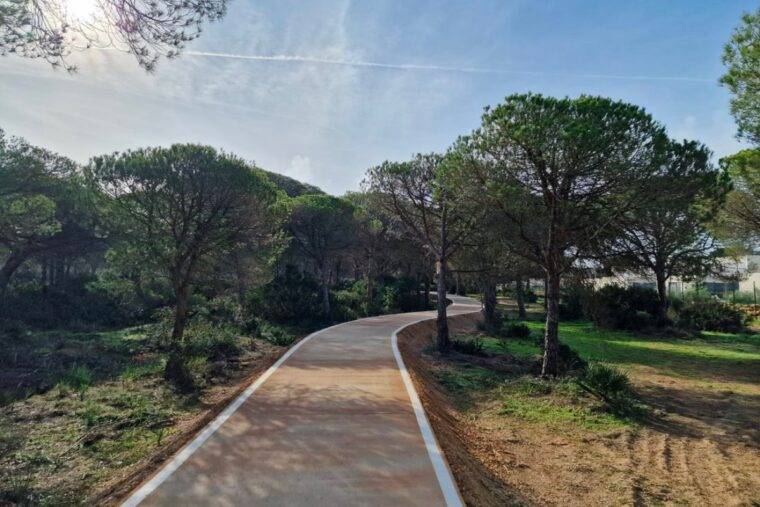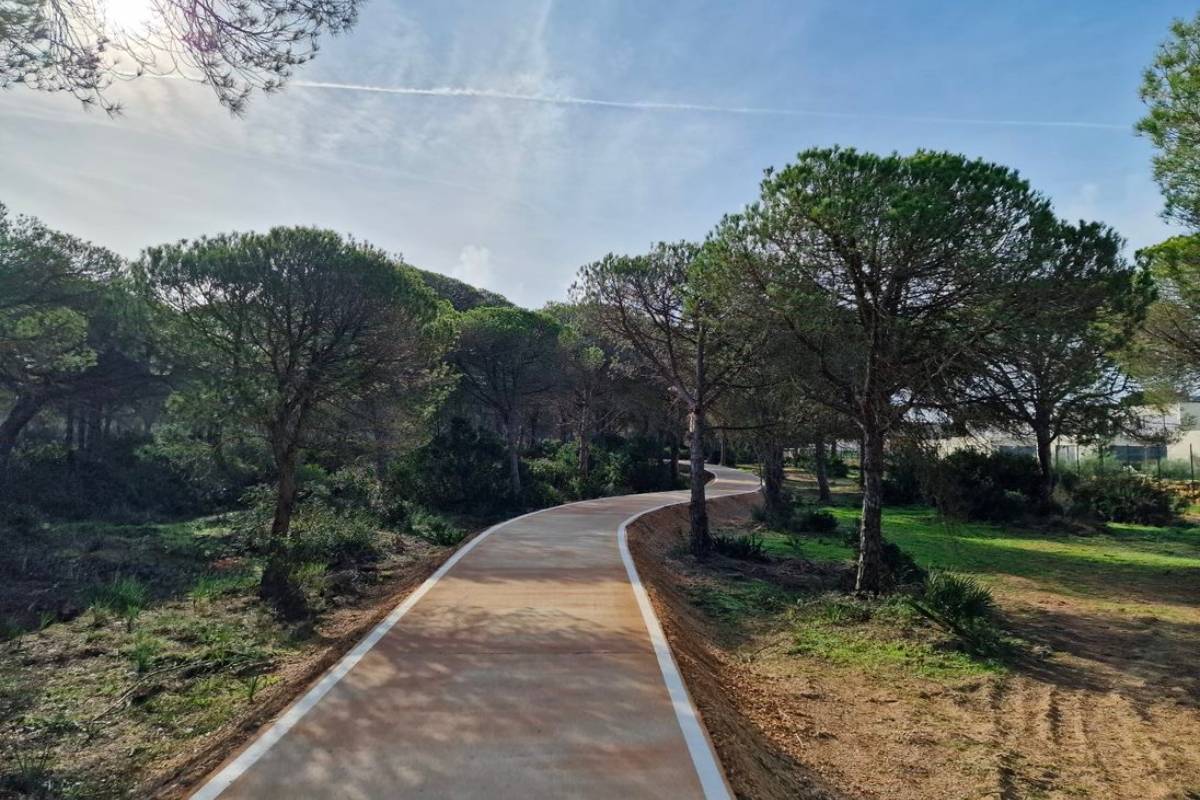
At the start of 2024, a beautiful 4.5km bike lane was constructed through a pine forest start that separates the the towns of Chiclana de la Frontera and Conil de la Frontera in Andalucia, Spain.
This lane wasn’t just a pathway; it was a testament to nature-friendly infrastructure, designed to be as far removed from the hustle and bustle of motor traffic as possible.
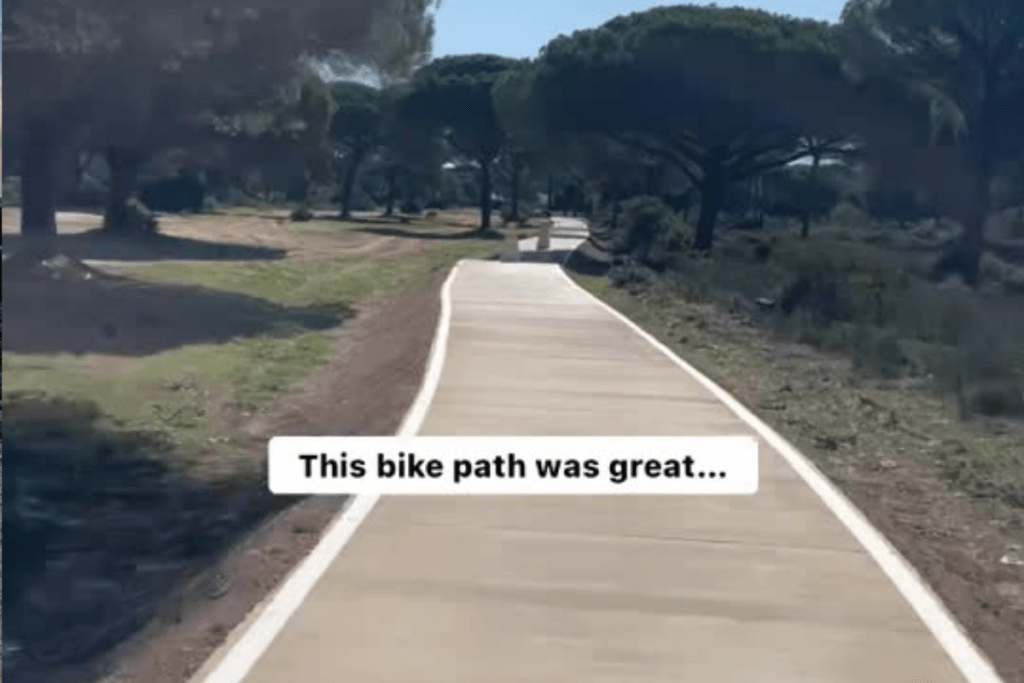
Financed as part of EuroVelo, the European-wide initiative aimed at fostering cycling tourism, this route marked a significant phase in EuroVelo 8, which ambitiously aims to connect Cadiz, Spain, to Athens, Greece, via a seamless 7,560km bike-friendly route.

For a brief moment, it seemed as if Andalucía had embraced the future of cycling, offering both locals and tourists alike a safe, serene, and scenic route to enjoy.
The lane was a success, drawing more people to cycling and proving the positive impact well-thought-out infrastructure can have on a community.
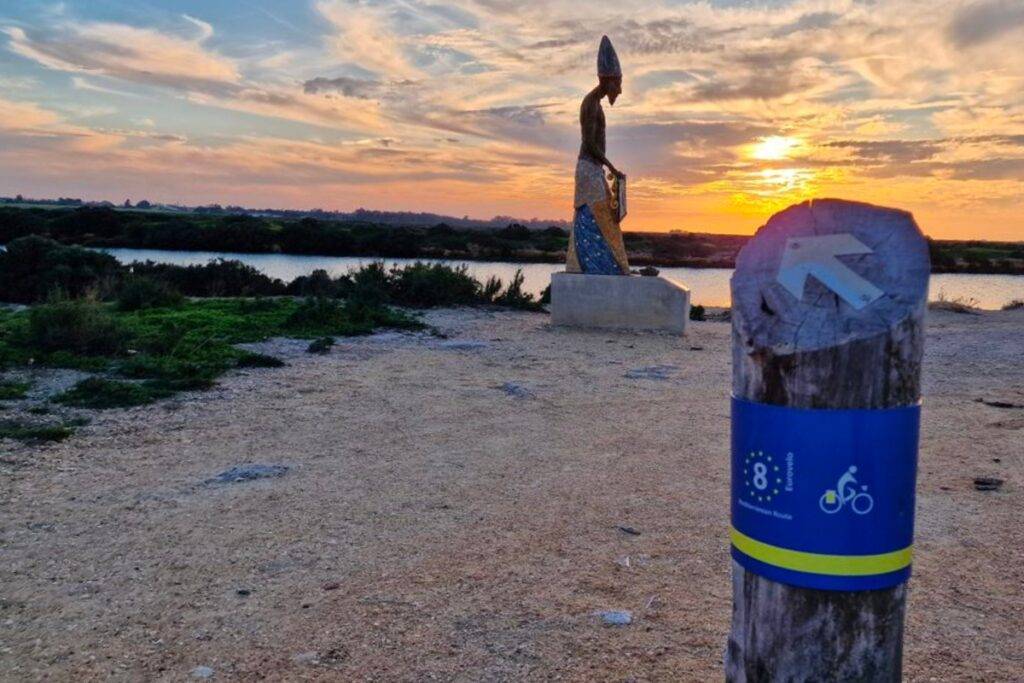
However, the harmony was short-lived.
Weeks after its celebrated opening, the path underwent a transformation that was as perplexing as it was dangerous. Giant concrete bollards, over 30cm wide and almost a metre high, were installed at various points along the route — most problematically, on corners.
These obstructions not only consumed a significant portion of the already narrow 2-meter wide path but also introduced a hazardous obstacle for cyclists to navigate, particularly under wet conditions.
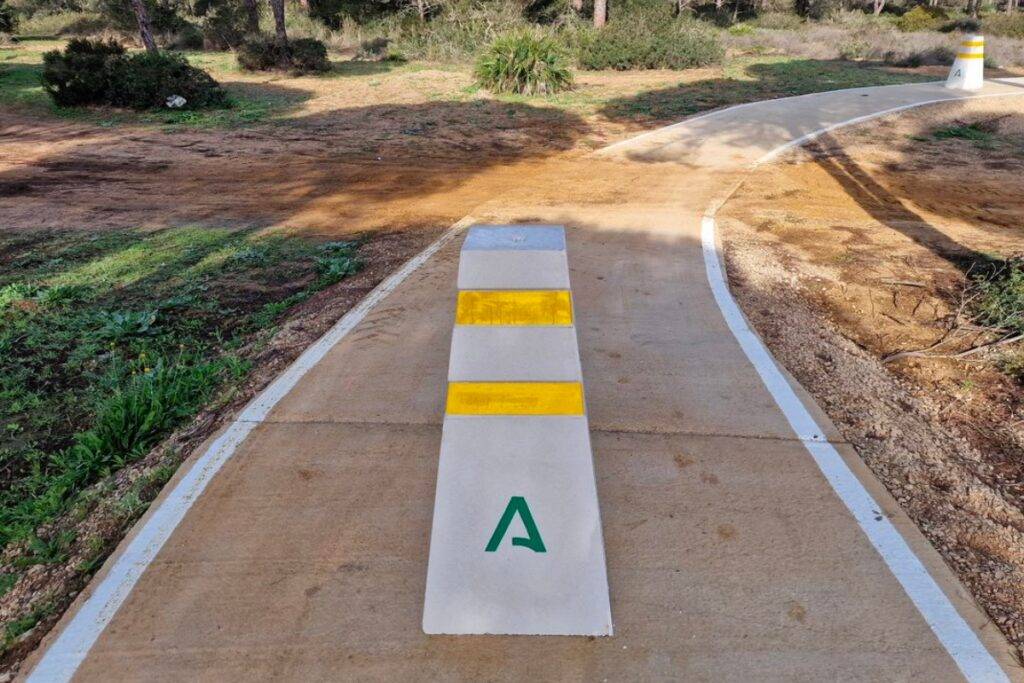
The raised design of the path, approximately 80cm above the ground, was initially considered a questionable element, possibly intended to mitigate flood risks or protect against tree root damage.
Yet, the addition of the bollards compounded these concerns, making any potential fall from the path not just possible, but perilous.
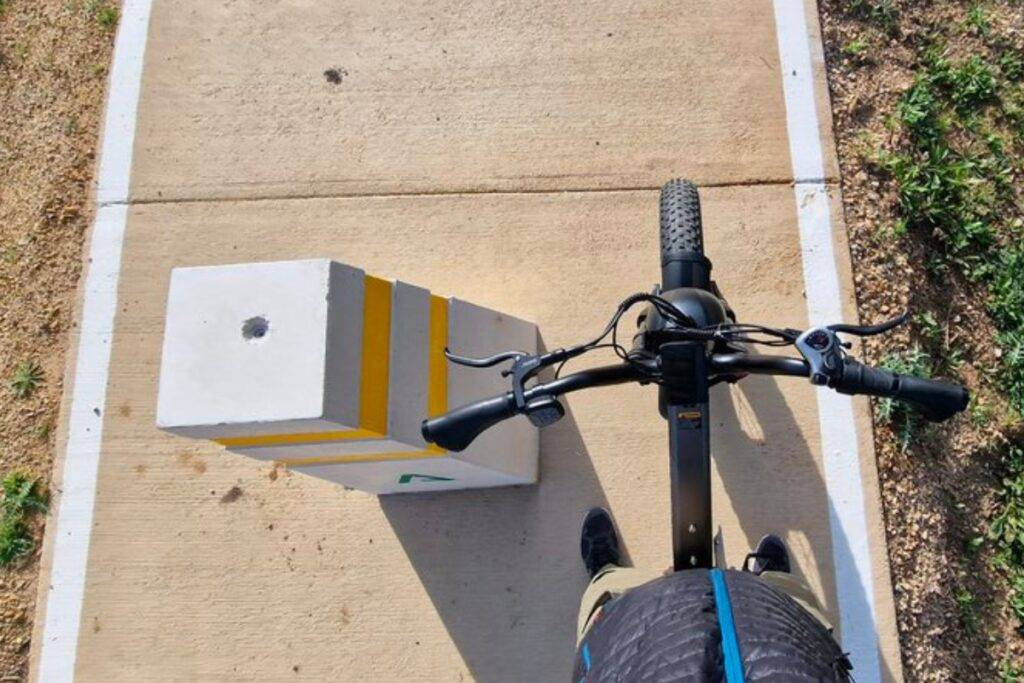
The rationale provided is supposedly to stop cars attempting to drive down the path – not that that seems likely given how narrow the path is and how steep the sides are.
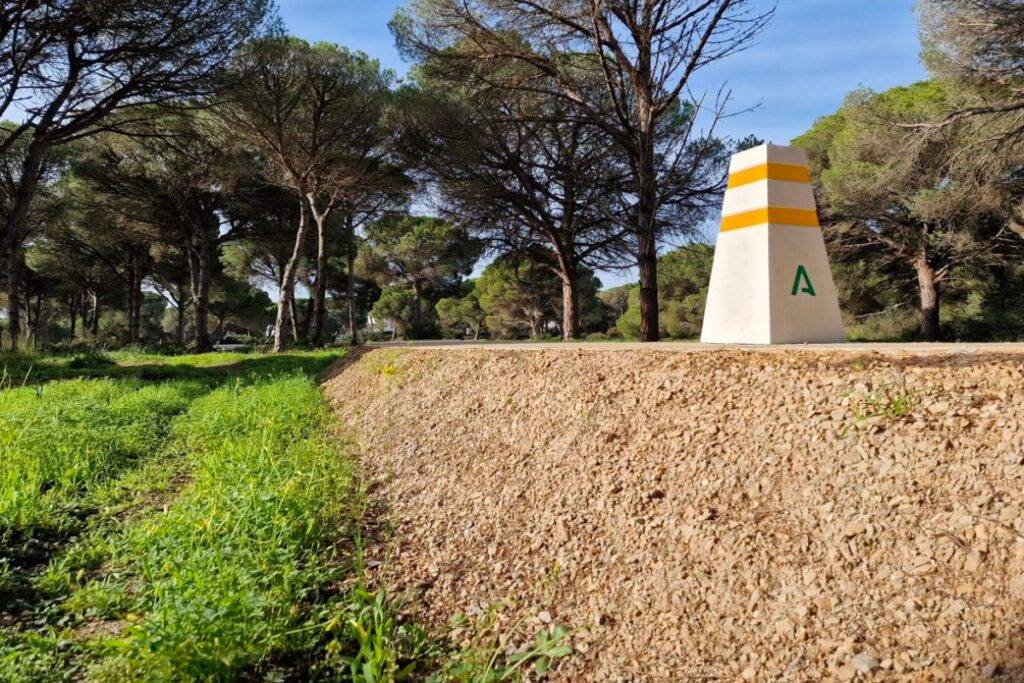
However, this solution seems to overlook the actual needs and safety of cyclists – who this path is designed for – suggesting a disconnect between the designers and the users of this infrastructure.
Instead of being considered for one of the best examples of cycling infrastructure in southern European, it’s now a legitimate contender for being one of the worst bike lanes around.
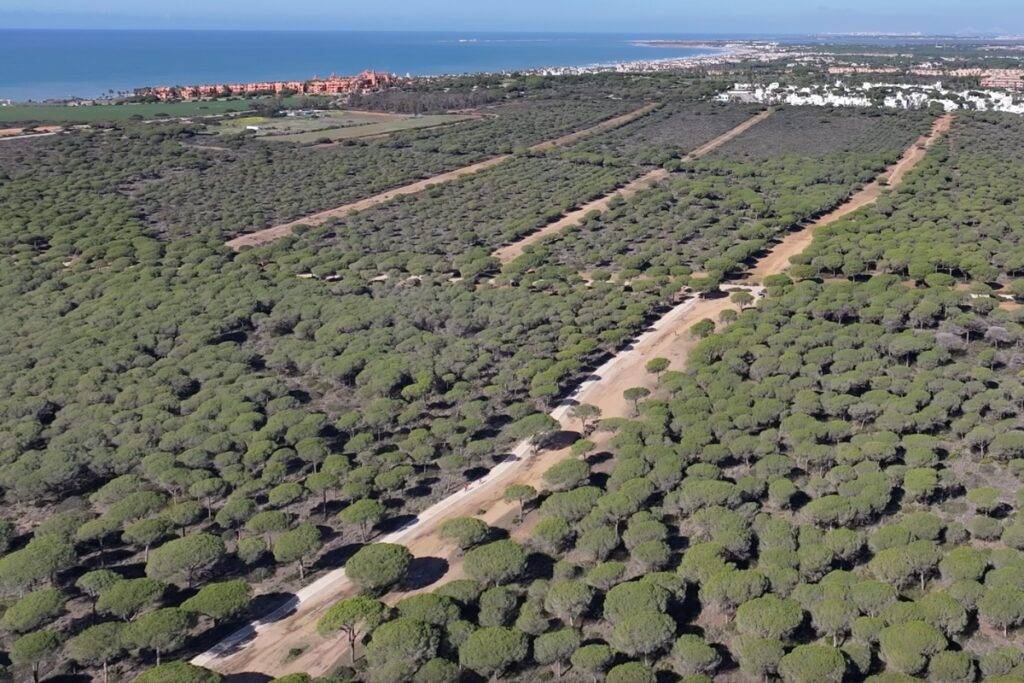
“I couldn’t believe what I was seeing”
Ricardo Gonzalez, a local cyclist and frequent user of the path, shared his views on the changes. Initially enthusiastic about the route’s construction and its contribution to a more cohesive cycling network along the Cadiz coastline, Ricardo’s excitement turned to disbelief upon seeing the bollards.
“I couldn’t believe what I was seeing,” he recounted, expecting maybe one bollard at an intersection, not the multitude that appeared, especially on curves, which he likened to a “bad joke.”
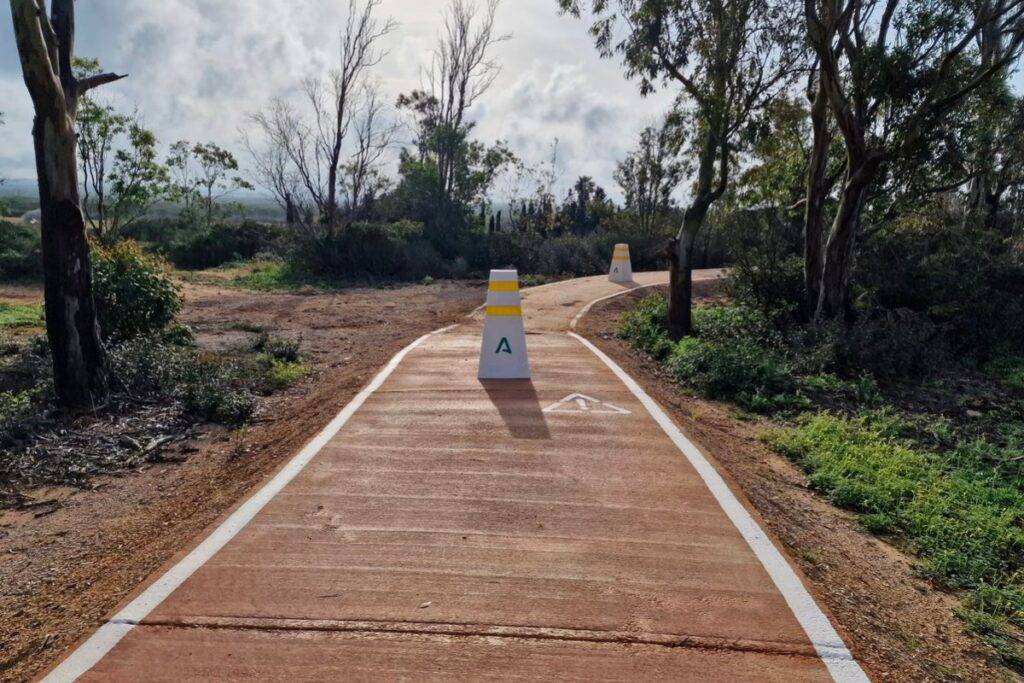
The installation of these bollards has not only deterred cyclists but has also made the path more dangerous and less accessible, particularly for those on cargo bikes or those navigating the path under less than ideal weather conditions.
Ricardo’s observations highlight a significant increase in cyclists since the path’s opening, underscoring the potential impact of such infrastructure on promoting cycling.
Yet, the question remains: why were these bollards added, and what alternatives could have been considered?
Ricardo suggests rethinking the design to eliminate the need for such measures altogether, advocating for a path with softer curves and a flat surface to mitigate the risks without compromising the path’s integrity or safety.
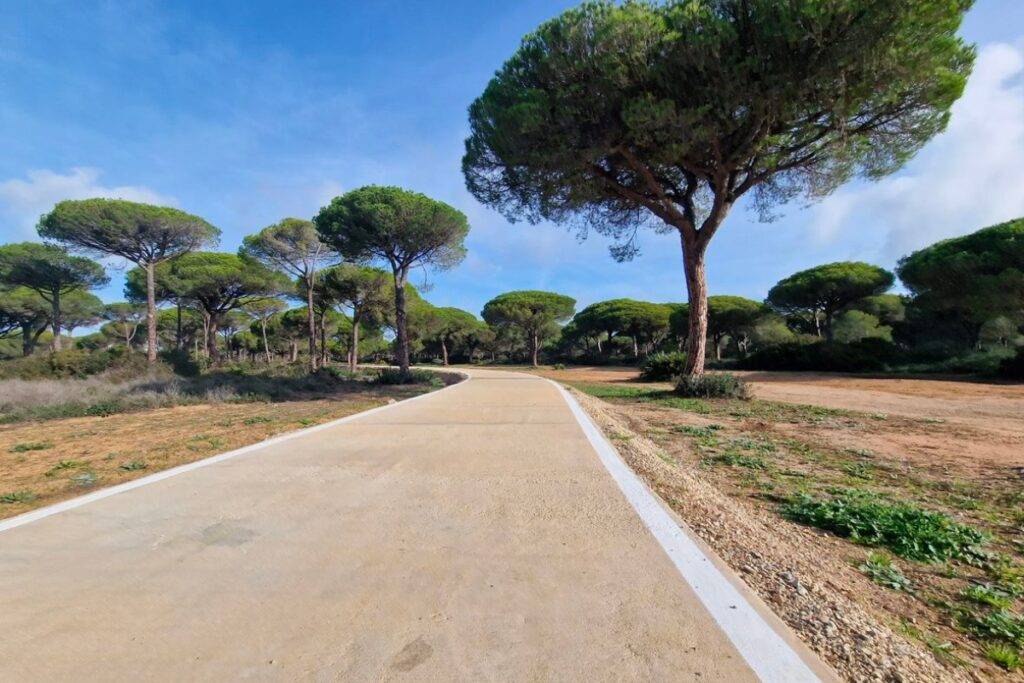
Stop Wasting Money
The story of this bike lane serves as a cautionary tale for future cycling infrastructure projects, not just in Andalucía but globally.
It underscores the importance of engaging with the cycling community and local users in the planning and implementation phases to ensure that new developments meet their needs and enhance safety without introducing new hazards.
As cycling continues to gain traction as a sustainable mode of transportation and a cornerstone of eco-tourism, the lessons learned from this project can inform more thoughtful, user-centered approaches to infrastructure development.
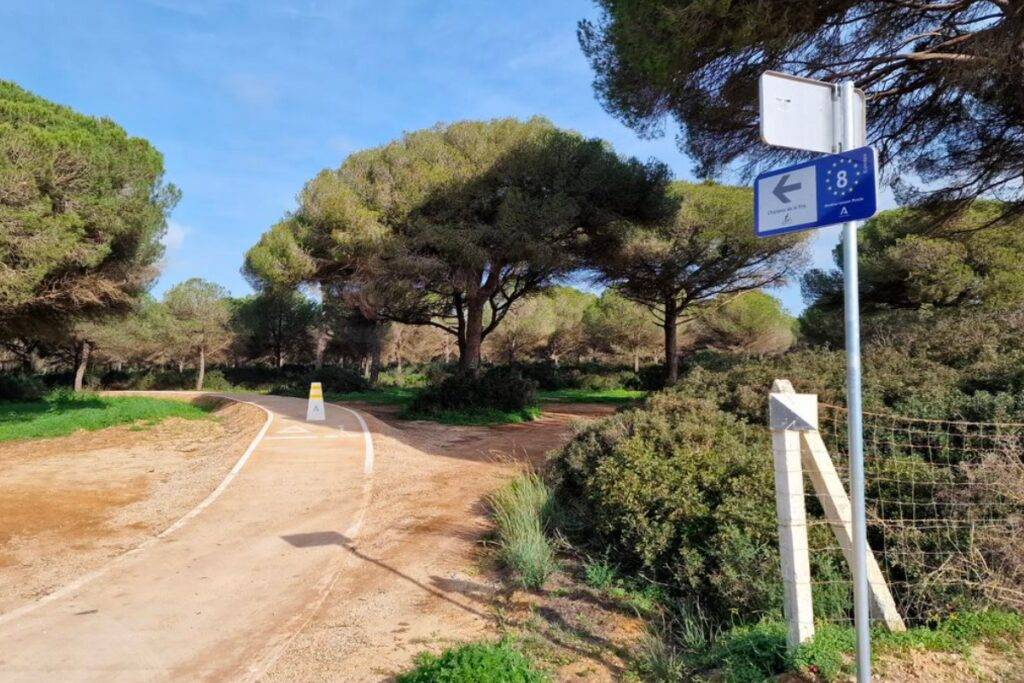
By fostering a dialogue between designers, local authorities, and cyclists, communities can create not only beautiful but also safe and functional cycling routes that serve the needs of all users.
Ultimately, this route has many of the features needed to make a perfect bike lane, but two simple and costly mistakes (i.e. concrete obstacles and steep verges) have ruined this opportunity.
The bike lane between Chiclana de la Frontera and Conil de la Frontera remains a symbol of both the potential and the pitfalls of cycling infrastructure development. It’s a reminder that beauty and functionality must go hand in hand, guided by the experiences and insights of those who pedal these paths every day.
READ MORE:
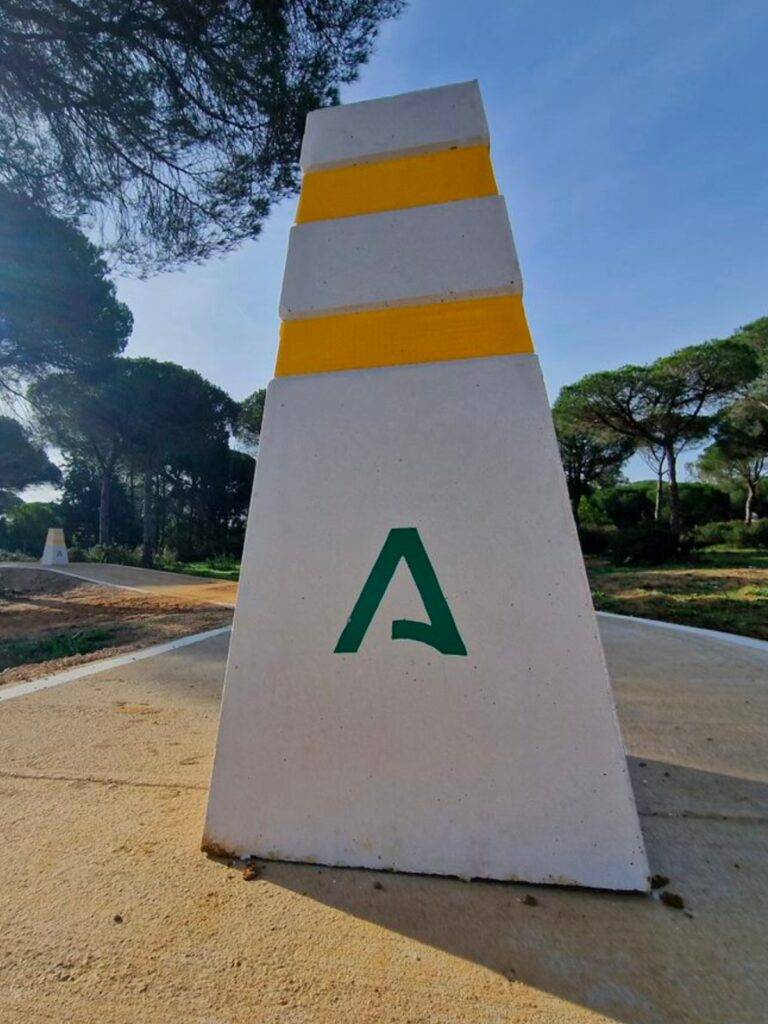
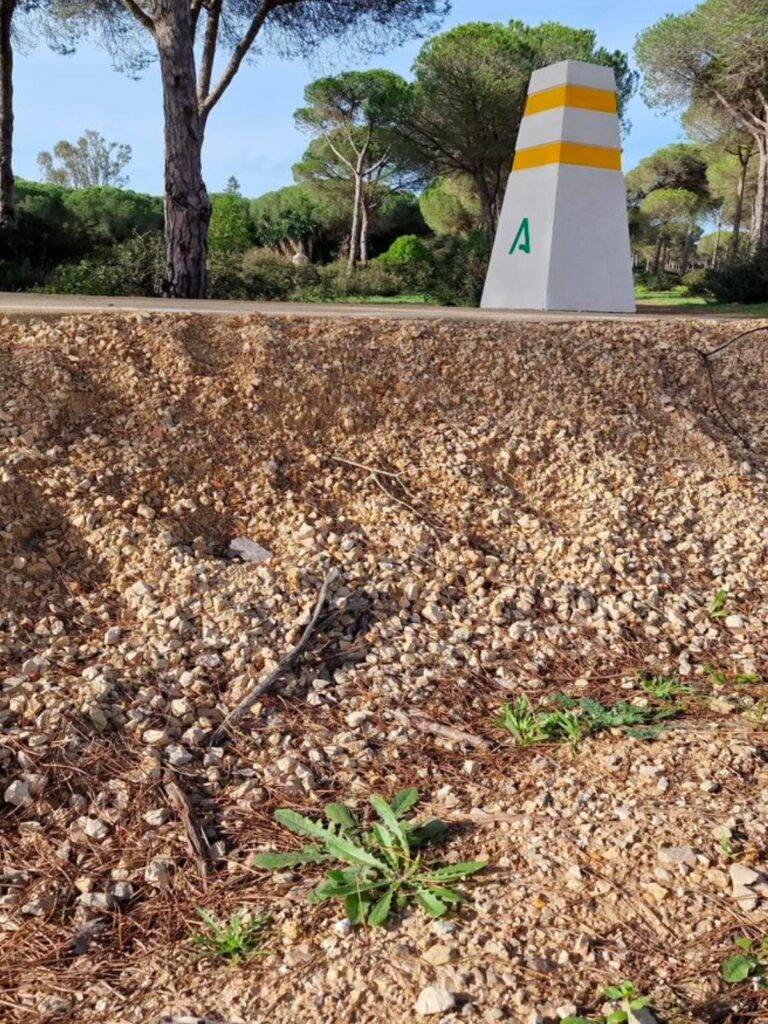
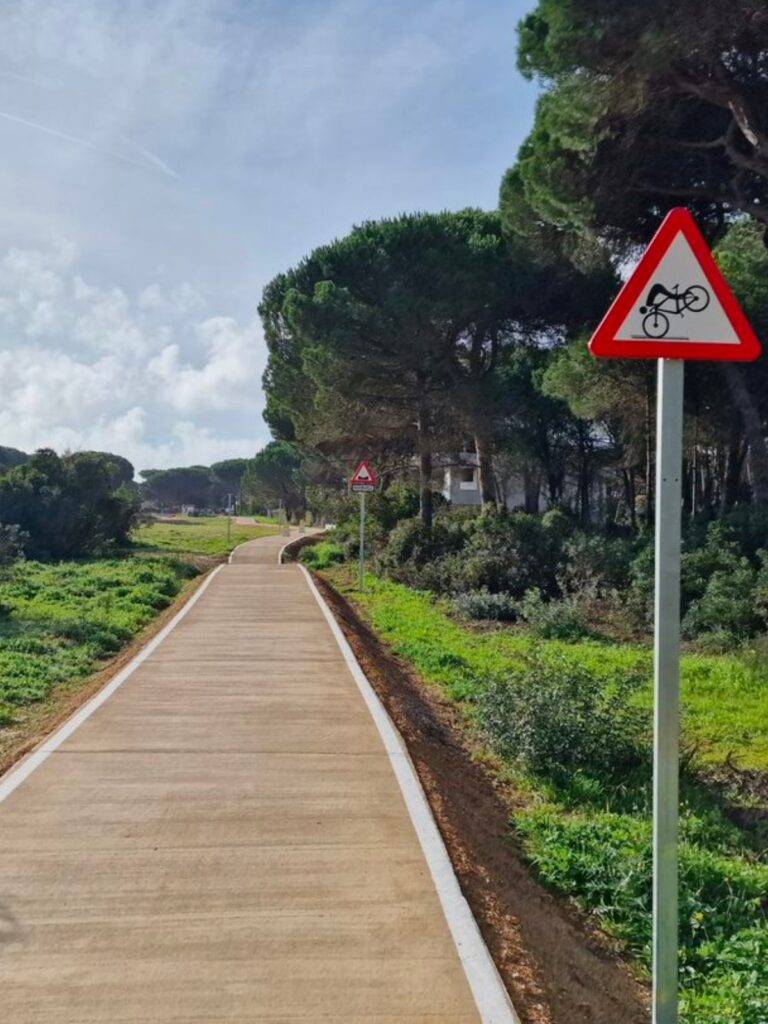
The post A Spanish Town Built a Beautiful Bike Lane. Then They RUINED It. appeared first on Discerning Cyclist.
